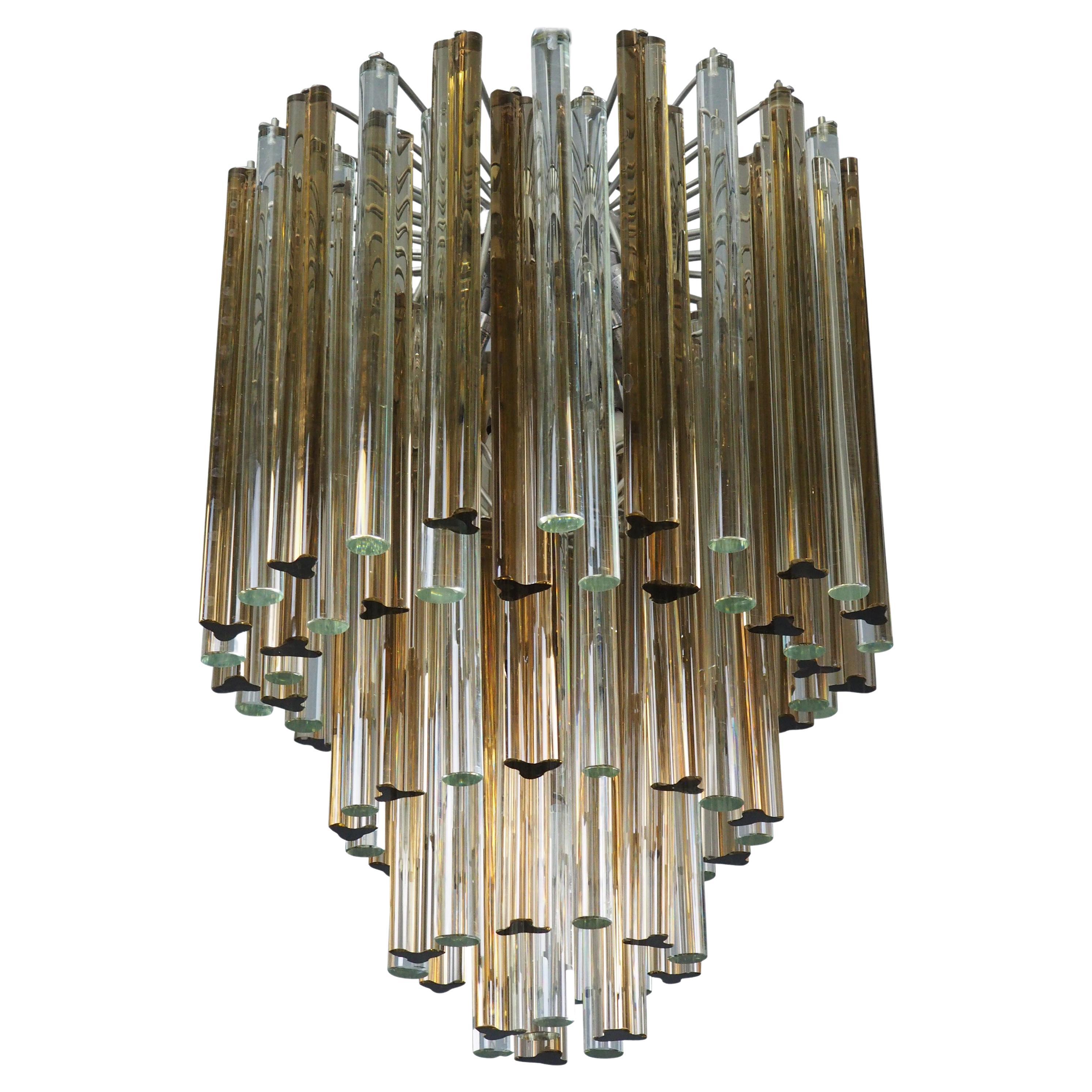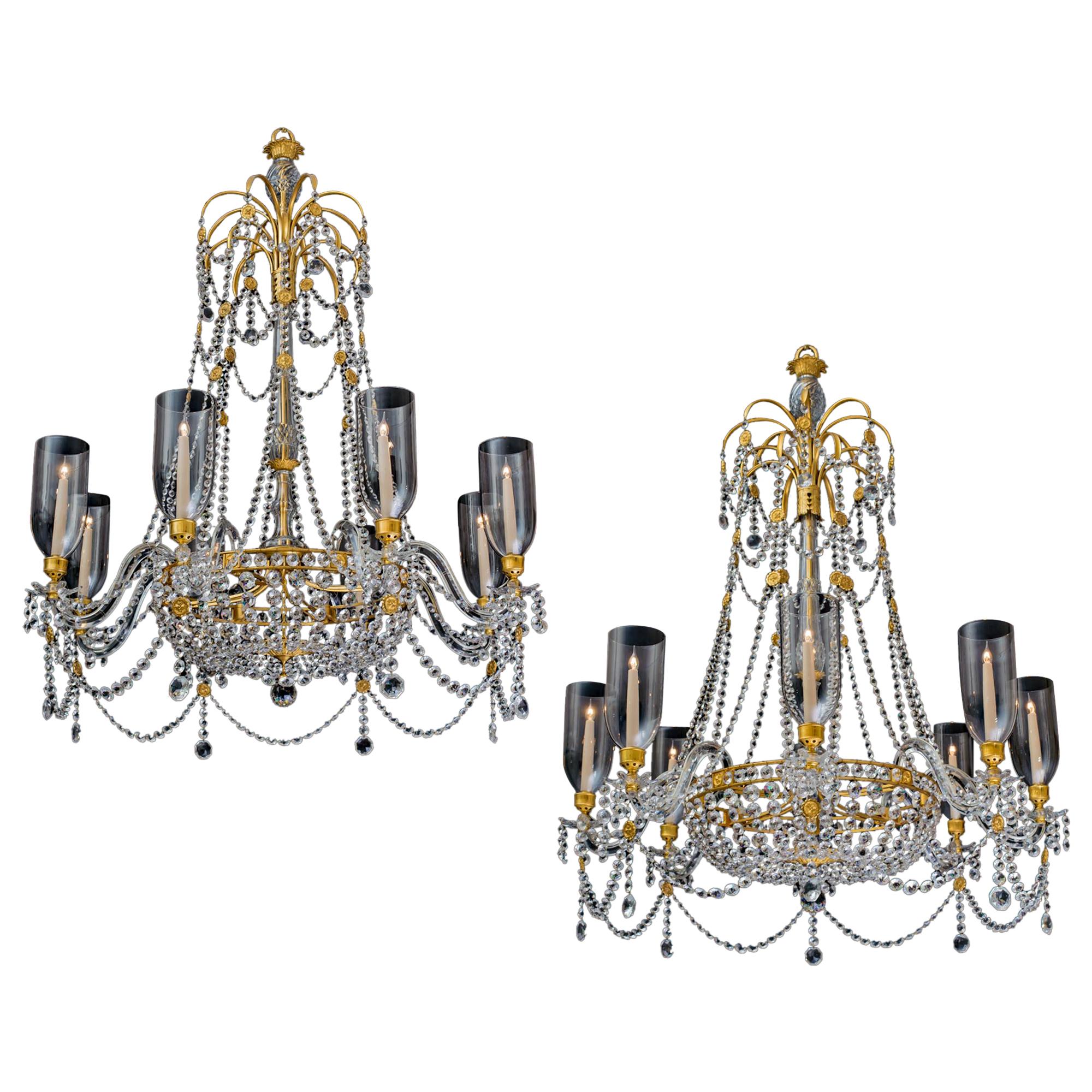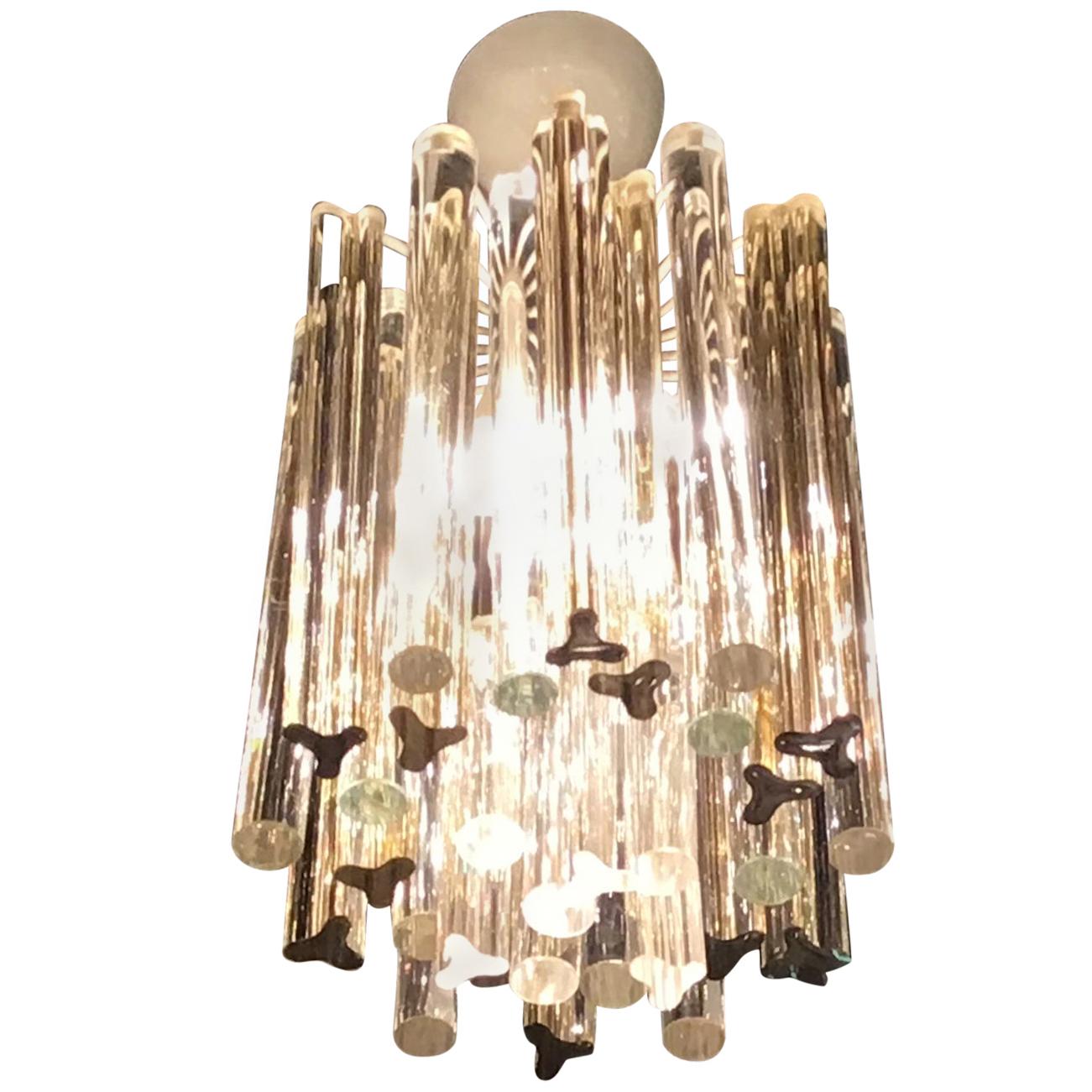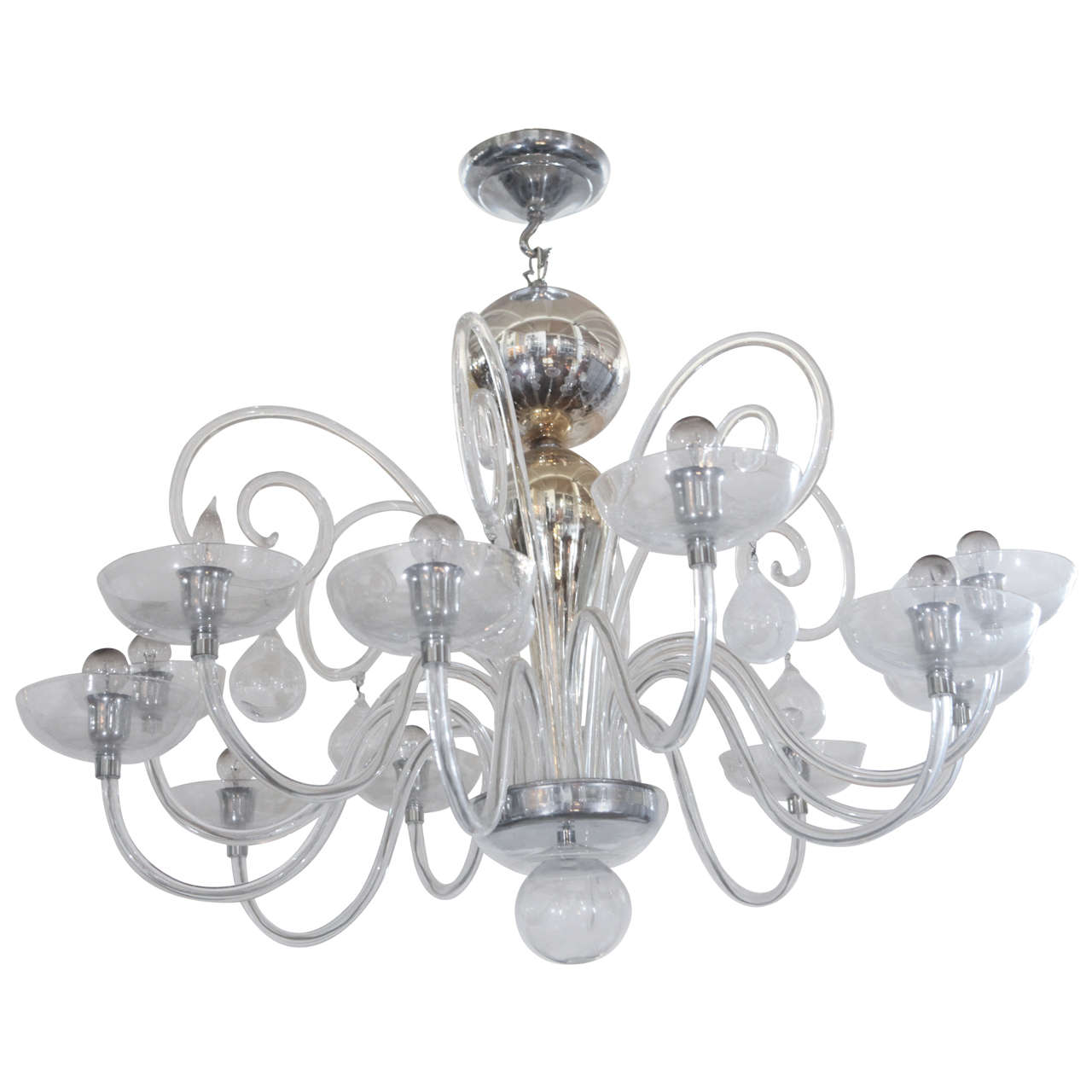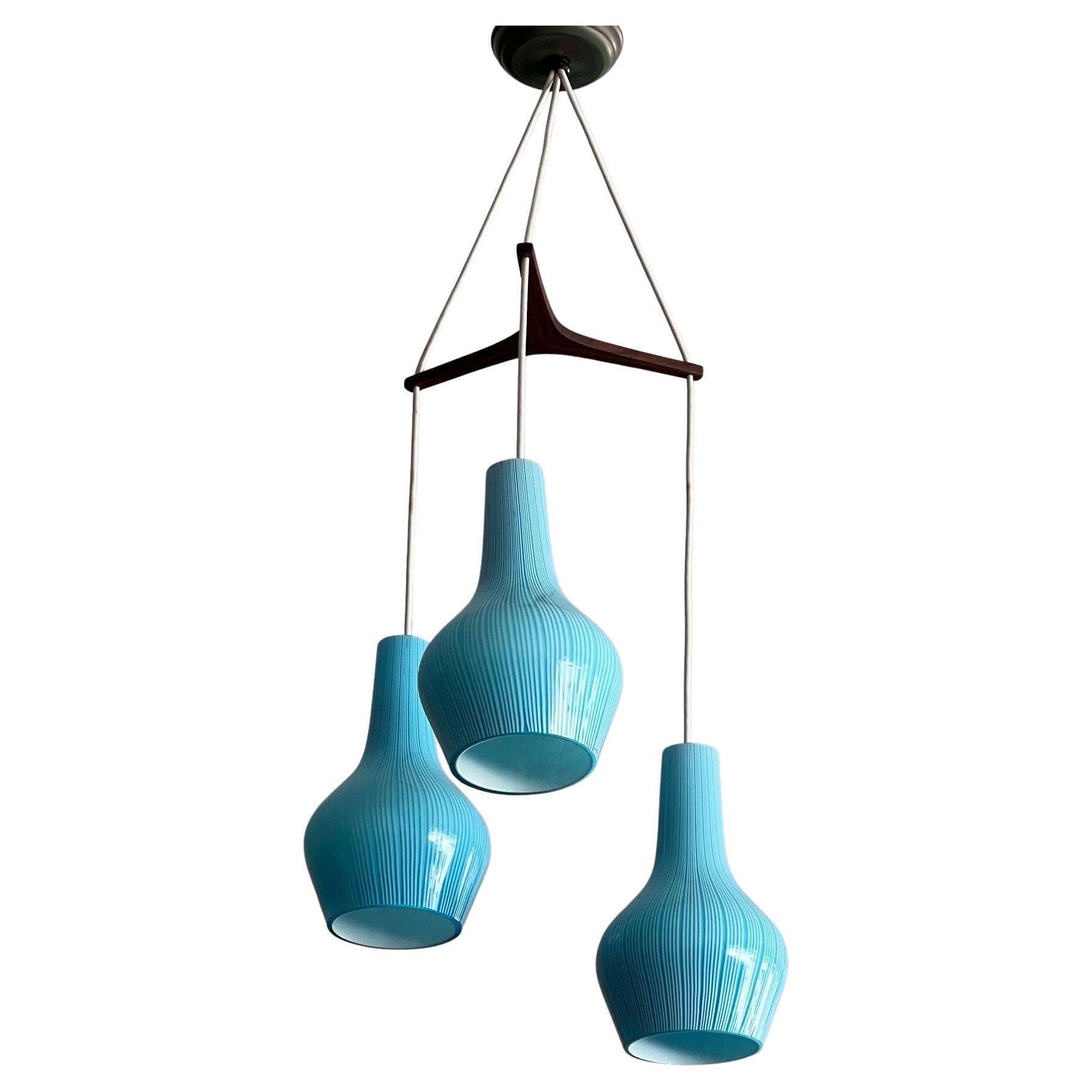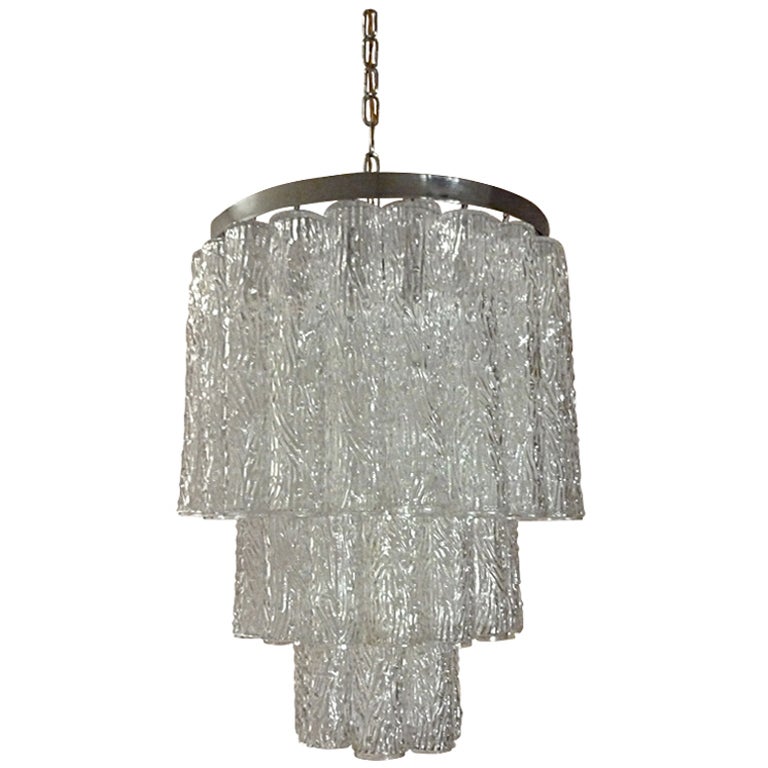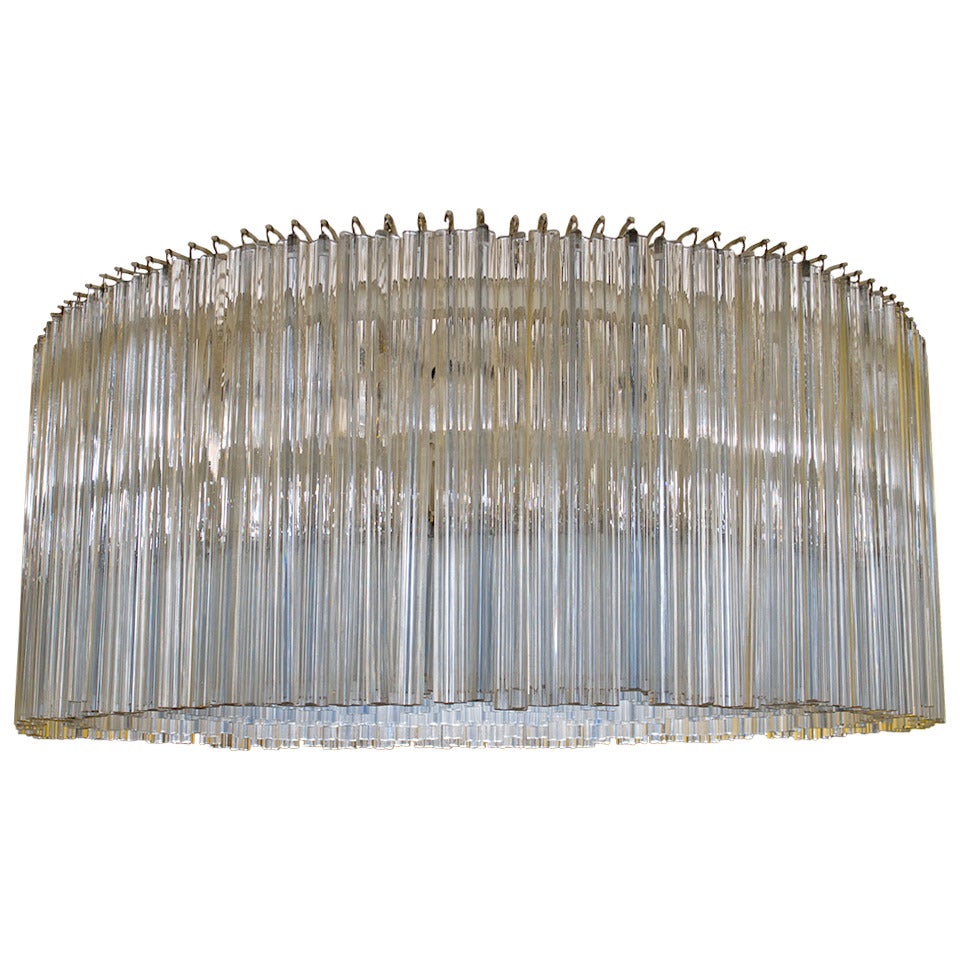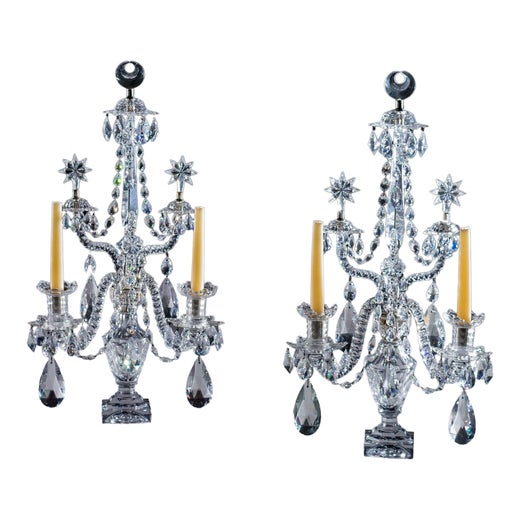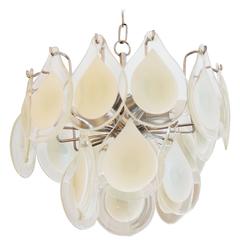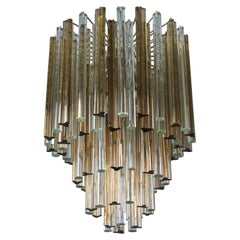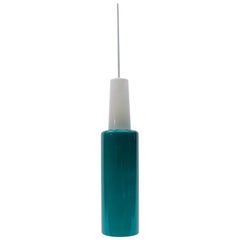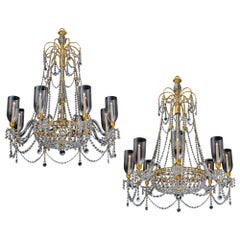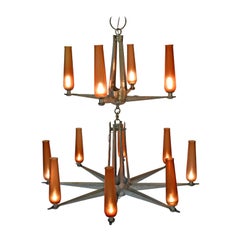
Petroleum Club of Houston Rare Chandelier Venini Glass
View Similar Items
Petroleum Club of Houston Rare Chandelier Venini Glass
About the Item
- Creator:William Parker (Designer)
- Dimensions:Height: 67 in (170.18 cm)Diameter: 64 in (162.56 cm)
- Style:American Craftsman (Of the Period)
- Materials and Techniques:Aluminum,Hammered
- Place of Origin:
- Period:
- Date of Manufacture:1960s
- Condition:Wear consistent with age and use. original.
- Seller Location:Hudson, NY
- Reference Number:1stDibs: LU847318726992
William Parker
Late 18th-century glassmaker William Parker elevated lighting to a beautiful art form. His stunning chandeliers and candelabras caught the attention of aristocrats and nobles, and he designed luxurious pieces for many royal houses. Consideration of detail and an elegant neoclassical style earned Parker recognition as one of the foremost glass cutters and manufacturers.
Parker established his glass business on Fleet Street in London around the year 1763. His first major attributable commission was for the Bath Assembly Rooms in Bath, England, in 1771. British architect John Wood the Younger designed the interiors in 1769. Upon their completion, Parker was asked to produce lighting for the spaces. His five chandeliers still hang in the ballroom of the historic site and are among the finest surviving examples of 18th-century chandeliers.
Parker’s exquisite work in the Bath Assembly Rooms brought him acclaim and prestige. In 1778, he was commissioned to create chandeliers for the Bath Guildhall as part of a rebuild by architect Thomas Baldwin. In 1782, he supplied lighting to William Cavendish, the 5th Duke of Devonshire, and, from 1783 to 1787, he worked on lighting for Carlton House, a Westminster mansion belonging to the Prince of Wales.
While Parker’s legacy was cemented by his celebrated chandeliers, he was also a pioneering inventor of scientific instruments. His Fleet Street business provided chemists with bell jars and lenses for cutting-edge experiments. In 1784, he sent a sizable burning lens device to the American Philosophical Society. The device and its heating powers were so impressive that Parker was voted in as a member of the society in the following year.
On 1stDibs, find a selection of antique William Parker lighting.
You May Also Like
Vintage 1960s Italian Mid-Century Modern Chandeliers and Pendants
Steel
Vintage 1960s Italian Mid-Century Modern Chandeliers and Pendants
Metal
Vintage 1960s German Mid-Century Modern Chandeliers and Pendants
Milk Glass, Plastic
Antique 19th Century British Regency Chandeliers and Pendants
Ormolu
Vintage 1960s Italian Other Chandeliers and Pendants
Murano Glass
Vintage 1960s Italian Mid-Century Modern Chandeliers and Pendants
Metal

